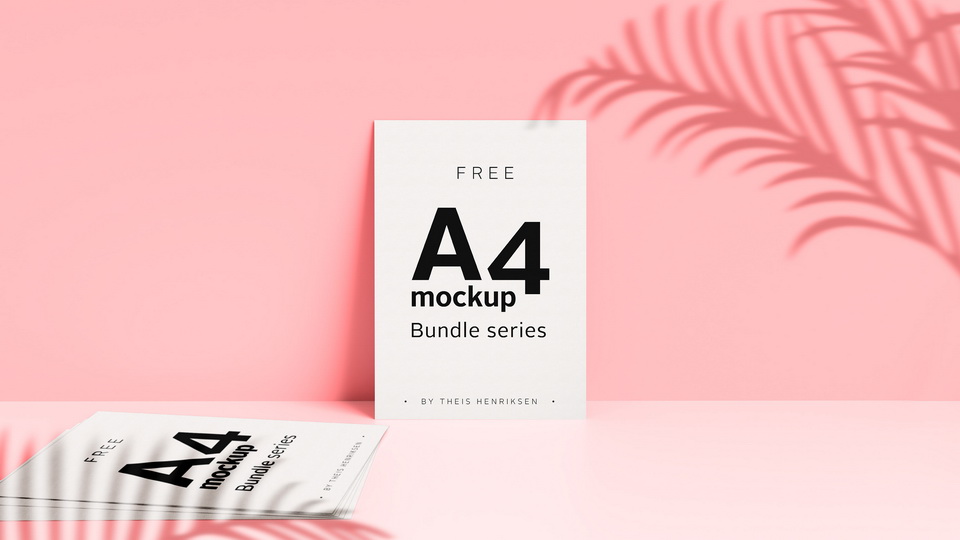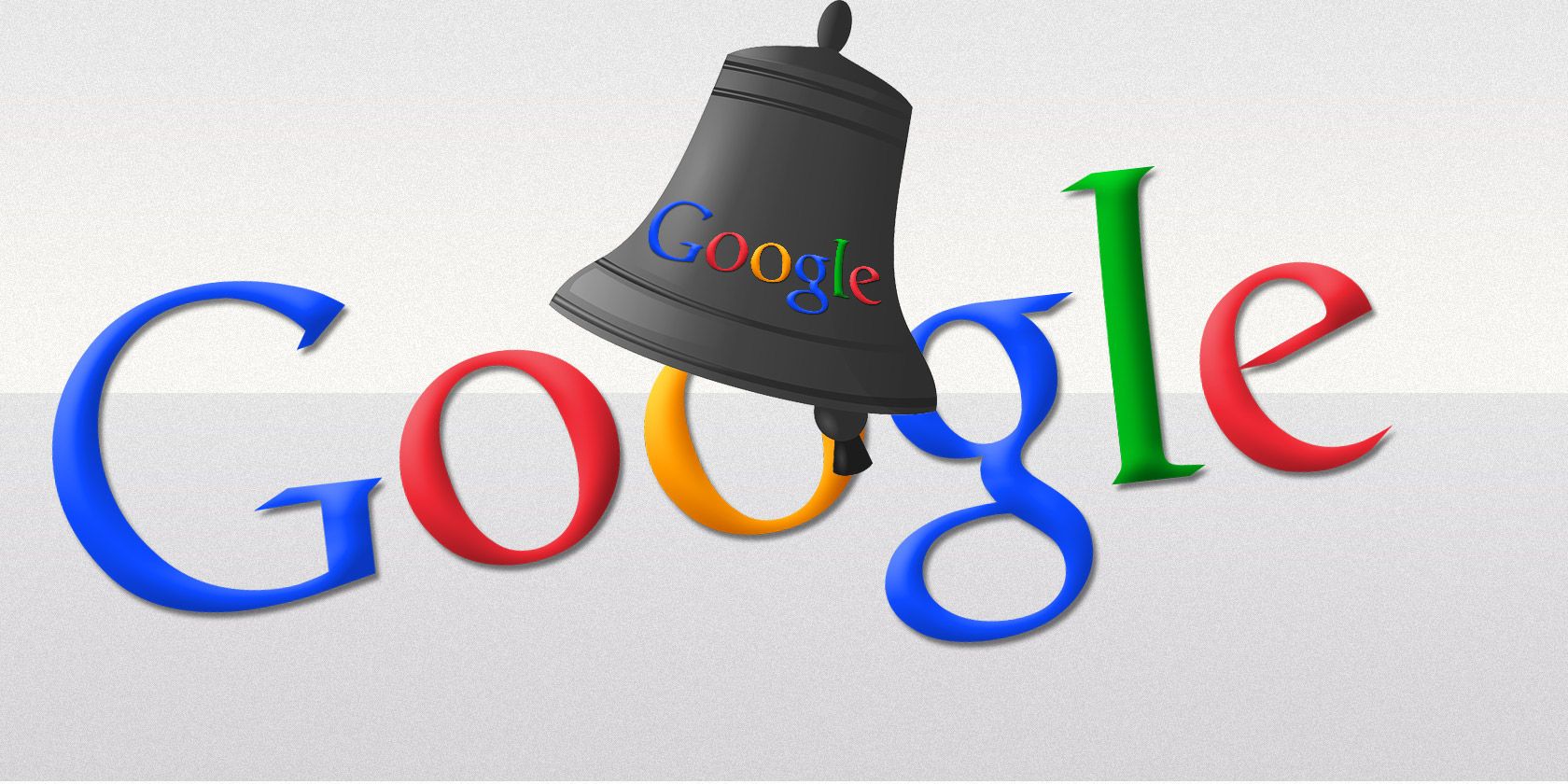

So you want to become a web designer, but you have no idea where to start. “Web Design for Beginners” has been massively popular, hitting 1.5 million views just five months after premiering on Youtube!ĭownload the project brief and course assignments so you can follow along, and check out the lesson contents below to see what’s covered in detail! Introduction 1. So how does this look like? With a little help of CSS, we can simply make a basic button which actually looks like a button.
#GOOGLE WEB DESIGNER IMAGE BUTTON HOW TO#
When designing a new button, you must consider various things – from how to communicate the action, to contextual style, to branding guidelines. In web design, you can fake interaction with those Placebo buttons giving your users the feeling of control. If a button does nothing except giving you the feeling of control, it is a Placebo button, also known as an “idiot button”. And the placebo button only exists because of that. Ghost buttons can be transparent in normal state, and get colorized in hover state. Only when the user hovers over the links or the images does the clickable link expand and show more relevant information.Įspecially, aesthetic-heavy websites try to make a compelling case for the use of ghost buttons.

Ghost buttons increase the functionality of a site by providing more content while ensuring the UX doesn’t get distracting. Google’s material Design language is a great example of flat design. Popular among web designers and UI advocates.įlat web design makes websites more lightweight and allows designers to open up their horizon by not emulating real-life elements and bringing them into web design. With the recent design trend of flat web design, shadows, and other 3D effects became less And with the discovery of colors, button elements not only differed through shadows but also with colors. Shadows were used to display that certain design elements differ.Įven made use of heavy shadows to create 3D effects in order to differentiate between interactive elements and non-interactive ones.Īs years went by the web became a colorful place to be.

Headlines, images, normal copy, even buttons. Remember the early days of web design, where designers loved to play around with shadows? Basically, you could find them everywhere. Modern button shapes – from shadows to flat design Onboarding- and educational costs can be minimized and new users may be attracted simply because of the way your website or app looks. When it comes to button design, skeuomorphism is a safe approach for web designers and developers. In web design, the concept of skeuomorphism transforms real life elements into UI elements on a website, for example.Īpple’s calculator app is a great example to visualize the transformation of real-life elements to UI ones.
#GOOGLE WEB DESIGNER IMAGE BUTTON SOFTWARE#
Skeuomorphism is the design of software to look like the physical product that it’s replacing. Skeuomorphism is the concept of helping users to understand the purpose of certain design elements immediately. (Buttons used on in 1999) The role of skeuomorphism in button design Users have now learned that these elements are clickable content.

You just need a border and some shadows and some text et voilà: the button stands out against the background and the content. With the extensive usage of shadows and colors, web designers tried to establish a clear line between buttons and other content elements.Ī button in itself is a pretty simple design. Since the early days, operating systems used buttons as interactive elements. The evolution of web design & the role of buttons Just think about the following use cases and products. If we talk about the evolution of button design on websites, we need to take a moment to recognize the overall button evolution.īuttons have been around for quite a while. In this article, I’ll give you an overview of the evolution of button design and how to create modern web buttons. The challenge of button design is quite simple: Buttons must be designed in a way that they are recognized as buttons and users can expect the action which is followed by the button. As web design has changed over time and new trends appeared every now and then, the design of buttons evolved too. Buttons are a simple element of interactive design, used everyday by people browsing the web.


 0 kommentar(er)
0 kommentar(er)
